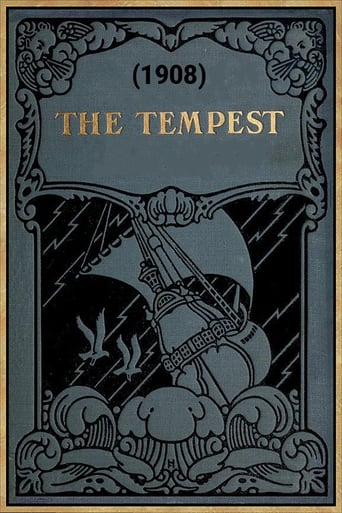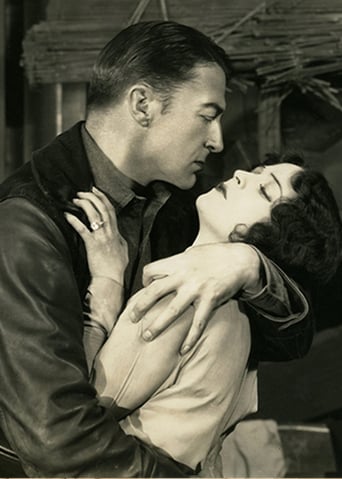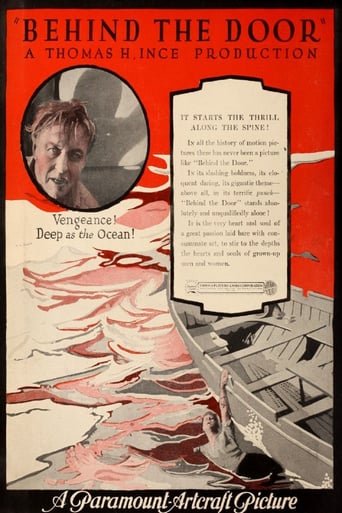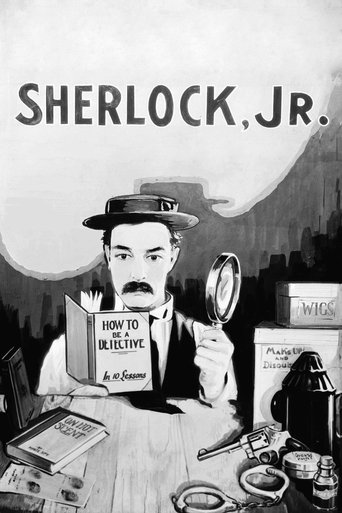

The Tempest (1908)
Prospero and his daughter Miranda must take refuge on an enchanted island. There Prospero, who himself has magical powers, releases the spirit Ariel from a spell, and also meets the savage Caliban. Then Prospero uses his powers to create a tempest that shipwrecks some of the persons who caused his exile.
Watch Trailer
Cast


Similar titles
Reviews
Shakespeare, eh? What a rich seam of material he has provided for filmmakers around the world. Almost as soon as films were being made the Bard's works were being plundered. Here we have a compact telling of The Tempest made in 1908. In its mercifully brief running time it attempts to tell the entire story, using titles to explain the plot rather than provide quotations from the play. Even with these titles I had trouble keeping up with who was who and what was going on and there's no doubt that, even with explanatory titles, the makers assume the viewer possesses a little knowledge about the play. The film is a mixture of location shooting and stage sets, as if it can't decide whether it wants to present a filmed version of the stage play or to free itself of its confines. Settling for a combination of the two isn't the right choice, however – it merely proves to be distracting.
For an early one-reel film, this is rather good. The tableau style isn't as rigid as in some other early literary/theatrical film adaptations, with even a couple instances of continuity editing, although it's still mostly a series of shot-scenes from long-shot framing. The painted sets, backdrops and props are about as good as it got in 1908. Additionally, Shakespeare's play is an apt template to showoff the tricks of early cinema.The effects, including some good double-exposure photography to make waves appear through a cave, animation for the shipwreck and plenty of substitution splicing, were nothing new, though. If anyone holds the confusion that addiction to special effects is a recent symptom in the movie industry, they should view these early films; that is, these early trick shots had been employed in hundreds of films for a decade before "The Tempest" film and would be used hundreds of times after it. The movie stands at the cusp of the division by film historians of the early period referred to by Tom Gunning as the "cinema of attractions" and the following phase of the development of narrative films. Furthermore, Shakespeare and other sources of established literature and theatre were being adapted to cinema during this period to lend a sense of cultural legitimacy to an art that some of the middle and upper classes still frowned down on.Also interesting is that the events of "The Tempest" are reordered chronologically here, which is what I suppose they had to do to make the narrative at least somewhat fluid and to fit the story within the standard limitations of the time.
Okay, the idea of doing an entire Shakespeare play in only 12 minutes is indeed a daunting task!! And, based on the technology available back in 1908 this isn't a particularly bad movie--they actually have sets and special effects that didn't totally stink for 1908 (though by today's standards they certainly are laughable). In fact, compared to even earlier films like LE VOYAGE DANS LE LUNE (1902) or THE GREAT TRAIN ROBBERY (1903), this isn't a particularly good film (they both bad much better sets and acting). Another problem is that you really MUST be awfully familiar with the original play to have much of an idea of what is going on, as it's very confusing and very sketchy to say the least. I have got to admire them for trying and some of the scenes are very interesting to watch from a historical or kitschy point of view. However, most modern audiences would become quickly bored with this film.
Released in 1908, the year D.W. Griffith became a film director, Percy Stow's version of THE TEMPEST is shot in a mix of film grammars and to the modern, informed eye, poses the question: which film grammar will be the film grammar of the future: will it be the magic-lantern-inspired editing in use at Edison? Will it be the progression of ideas invented by George Albert Smith? Will it be the Proscenium Arch stage illusion of George Melies, the Zecca-Chomon-Feuillade model popular in France, or something altogether different? Well, today we know that Smith won, so it may seem like a foolish question. Yes, national differences still live on. You can tell if a movie was shot by a French crew, an Italian crew or a Japanese crew by more than the actors involved. But although the vocabulary of cut and framing derives from many sources, the grammar is Smith's.The reason I find this movie so interesting is that it makes an effort -- and I think it is a successful effort -- to combine two of the grammars meaningfully. Prospero lives in a Melies world, bound by the theater's arch and with the scenery painted -- very appropriate, for a magician to live in a stage-magician's world. The others, however, live in a naturalistic world. The edge of the frame is what bounds their world, and they can and do walk right past the edge.Is this a metaphor for the future of cinema? Is the naturalistic grammar of Smith simply better, more expansive? Maybe. Am I reading too much into this? Definitely. But the idea amuses me and, I hope, you. And that's why we look at these old movies: to be amused.




